When excavation began in 1964 at Lefkandi, a settlement at Euboea, there was little idea of what the researchers might find. But by the 1980’s, what was found there had created a new perception altogether of Greece after the Bronze Age. The display of religious practices and preservation of artifacts within graves provide a rare glimpse into the “Dark Ages” of Greece, with pottery, glass beads from across the world, gold, ivory, but most importantly: bronzes (Oxford 2009). The bronzewares of Lefkandi, remarkable not only for their preservation but their survival, reflect a thoroughly modern idea: conspicuous consumption. For as long as there have been wealthy people, those people have looked for ways to differentiate themselves from others. Through the act of conspicuous consumption, or the deliberate display of wealth by the purchase and display of material goods, those with means impress that they have not only money, but taste. The bronze works found at Lefkandi (Figures 1, 2) are valuable not only in the material sense, but for what they teach us about the people who lived there. Not only was bronze rare and expensive, but in its importation to Greece, its creation by hand, and its burial with the dead, those who could afford it displayed just how rich they were.
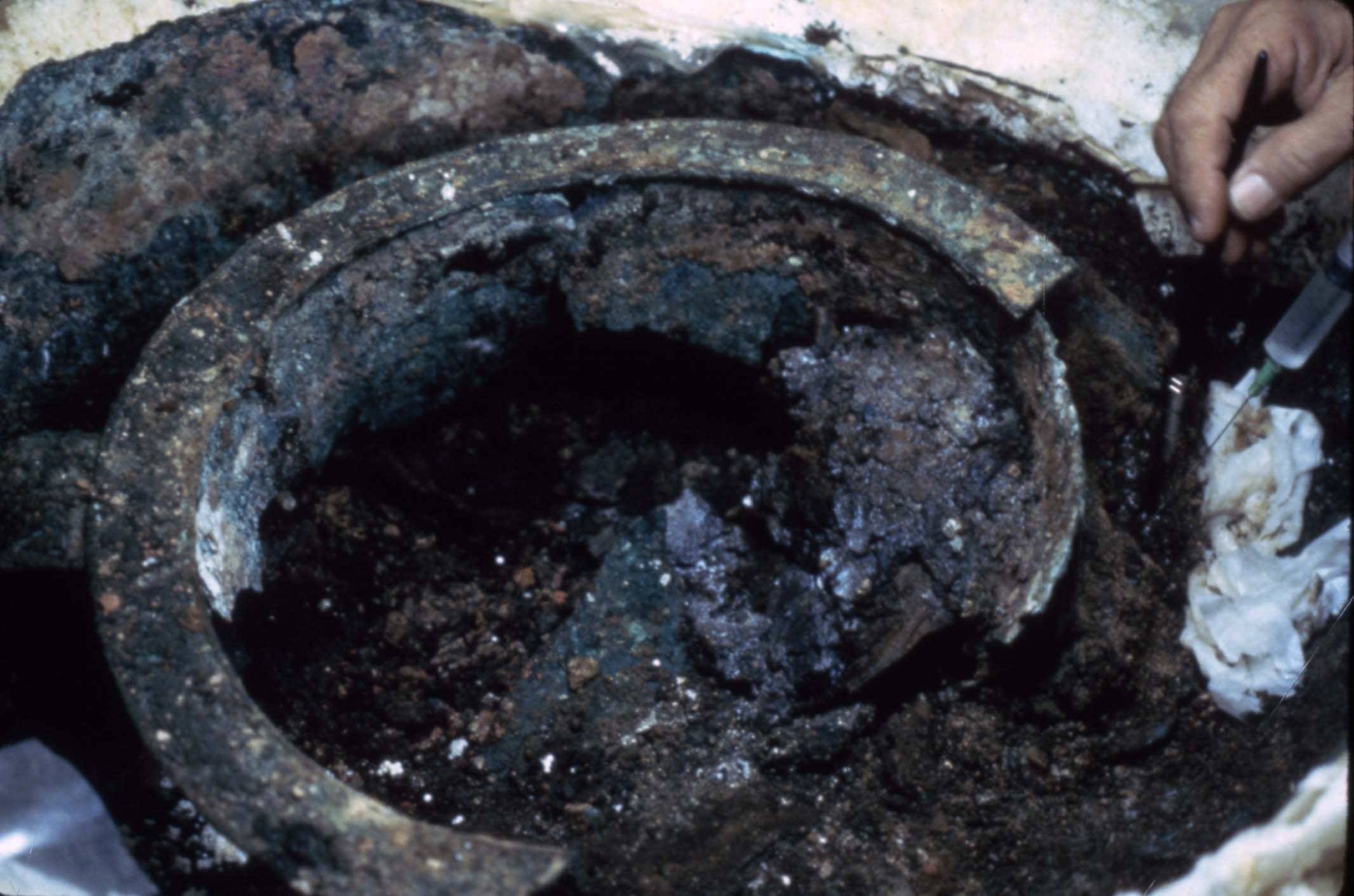
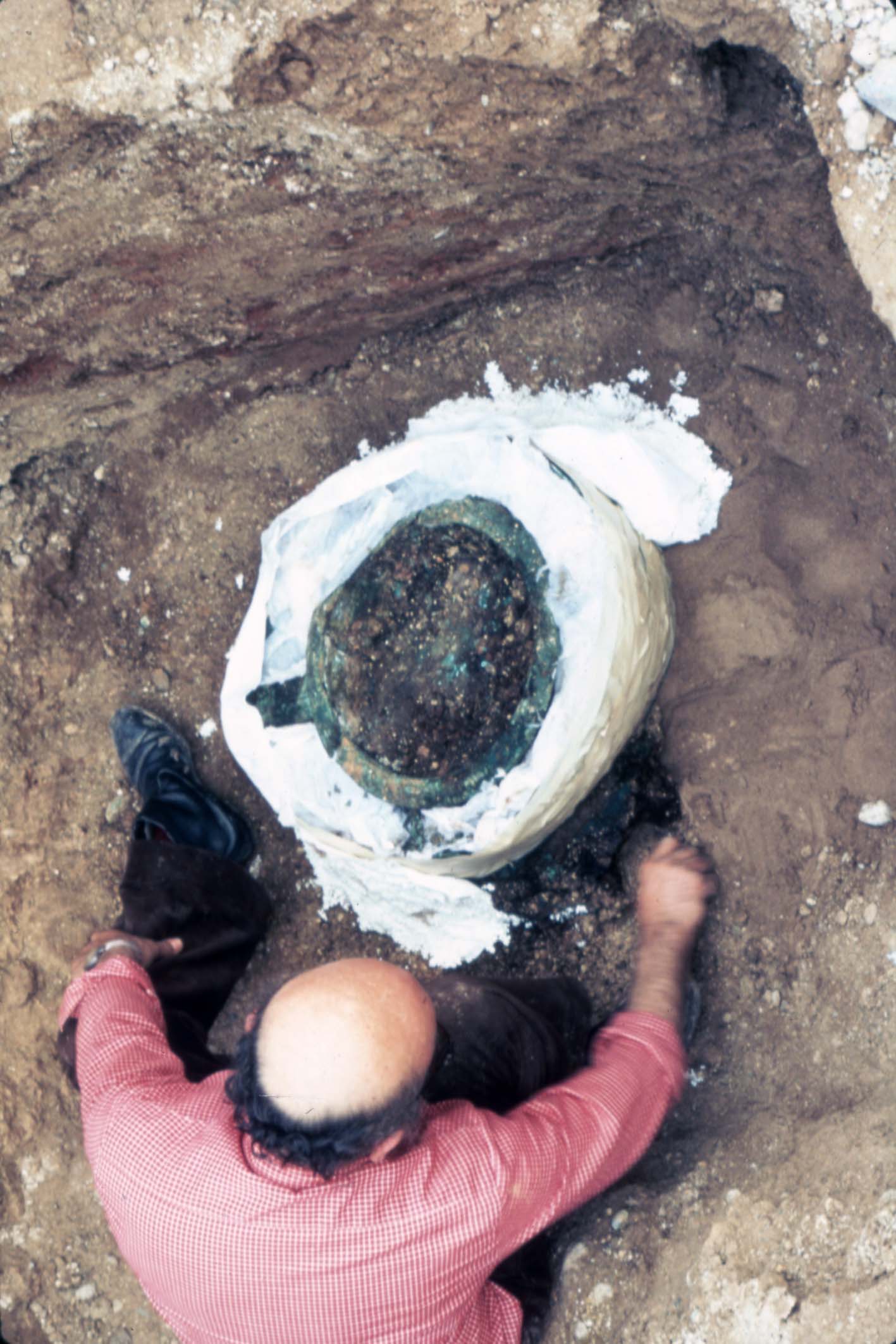
The first reason for bronze’s value as a symbol of wealth was its scarcity. Bronze is an alloy of copper and tin, combined in a ratio of about 9 parts copper per 1 part tin. The mixture was prized for its strength and durability, as well as its ease in forging relative to the high temperatures needed to smelt and smith iron – saving both time and resources. However, despite its name, the Bronze Age in Greece had neither copper nor tin in abundance. Without a nearby and readily available source of either copper or tin, the Aegean world had to import copper from Cyprus and tin from the Near East or Europe (Hemingway 2004, Muhly 1973 4/5). Importing these metals was expensive and time-consuming, requiring weeks or months of sea or overland travel. In a period before standard maps or roads, no matter which way you went, there was danger. Even if a merchant or sailor obtained a cargo, the safety of a return journey was never certain. Storms could sink a ship, raiders might attack, or it might sail off course. Despite this, the demand for materials was high – and such journeys ensured prices for copper and tin remained unobtainable.
In addition to whatever value rare materials may have held on their own, they also carried the value of the labor of craftspeople. There existed two primary methods of bronze manipulation, lost wax casting, as seen in Figure 1, and physical manipulation. Lost wax casting required intense and sustained heat, and had no guarantee of a reliable outcome, but could produce much finer products, with walls on an amphora at Lefkandi being as thin as a few millimeters (Popham et al 1993 pg. 86). This amphora was also covered in scrollwork decorations (Figure 3+4), in the ajouré style of ornamentation, meaning that it would have been done entirely by hand, and separately to any casting on the pieces(Popham et al 1993 pg. 90).
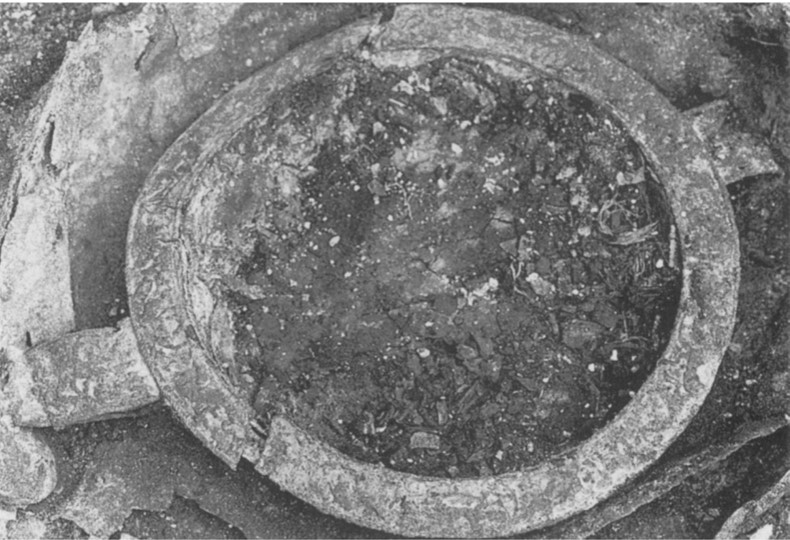
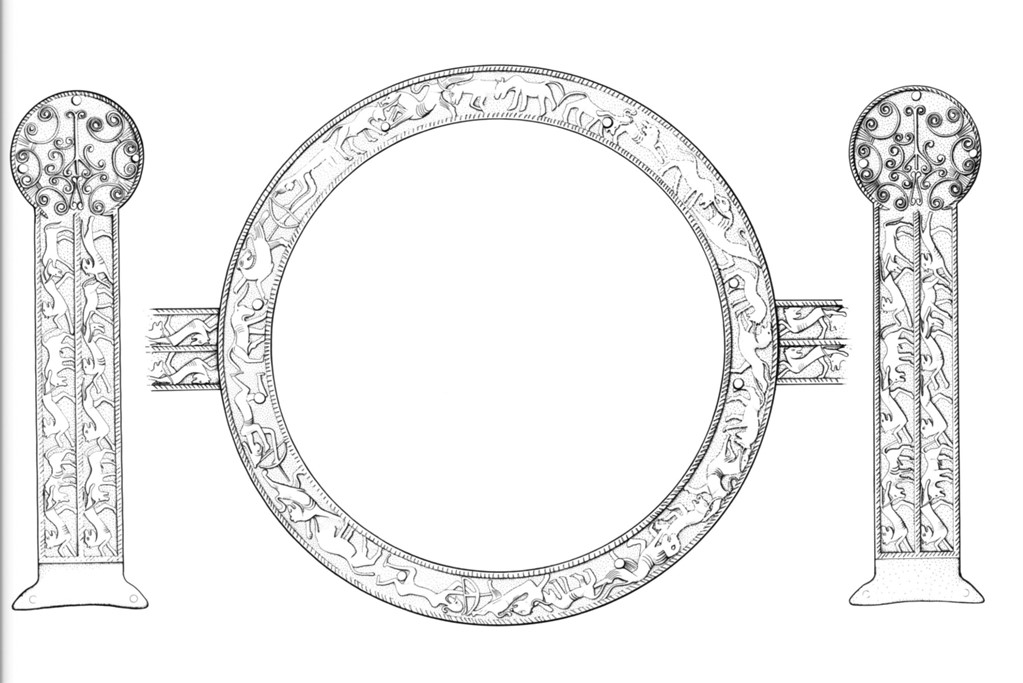
To create works such as swords (Figures 5) required not only time, but the skill to predict and successfully execute a cast product, making these craft skills incredibly valuable. At Lefkandi, many cast or forged bronze artifacts were found, indicative of the ability to acquire both the materials needed to forge bronze and the fuel needed to melt it down, as well as a place for it to be made. In the period after the collapse of the palaces, and in which the burials at Lefkandi occurred, the trade networks which did exist were either gone or weakened, making the acquisition of materials more difficult and expensive (Altaweel 2018 pg. 164).
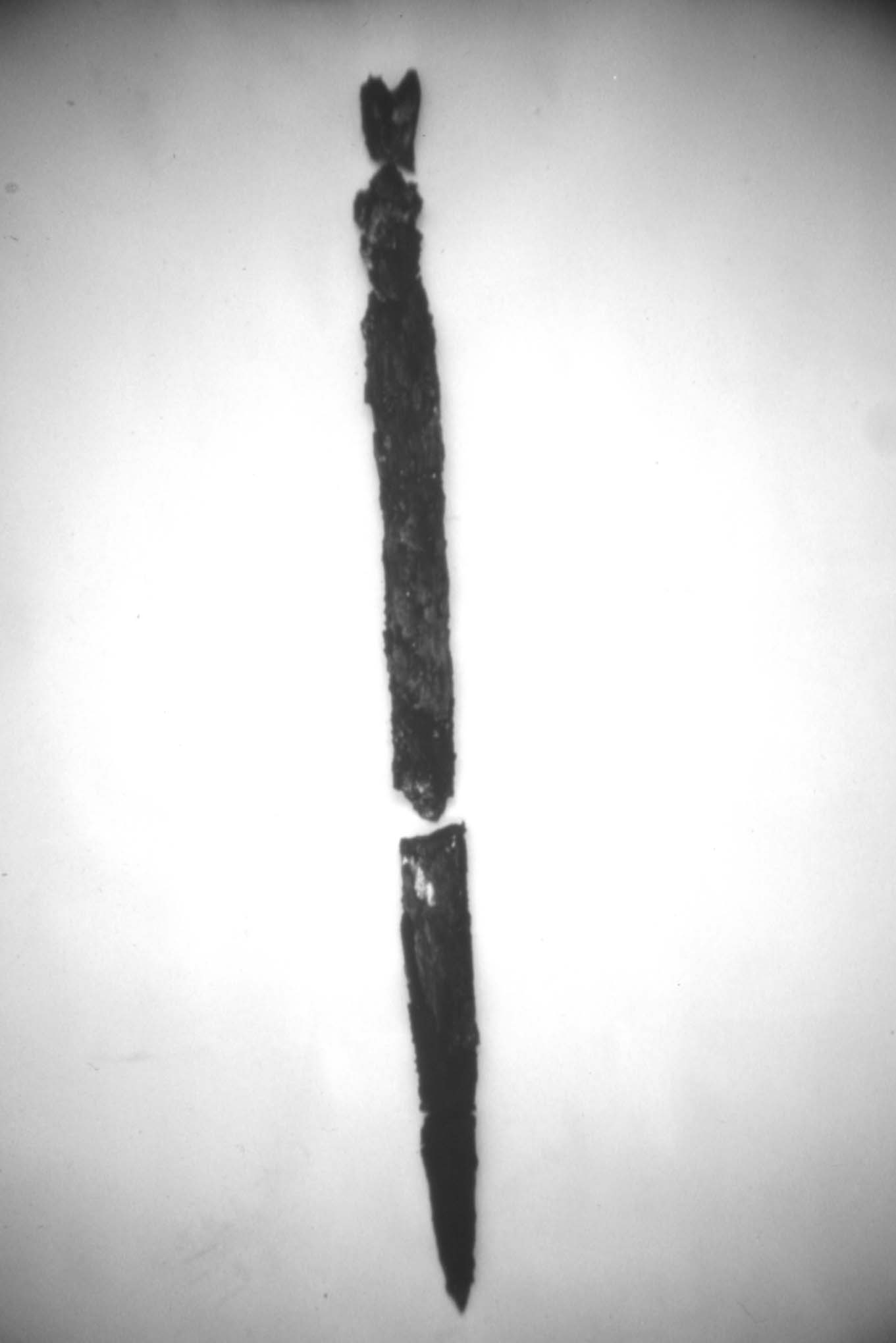
If bronze was so valuable, why is it in the graves at Lefkandi? If even a small piece such as a statue or pot is days or weeks of labor, not to mention the expense of materials alone, who could afford to bury something so valuable? Why would someone want to? Well, to show off how much you as a well-off family could afford, of course. If burying the dead was a display of a family’s wealth, and large amounts bronze a purview primarily of the wealthy, to bury the dead with such expense would be a mark of status. The large cauldrons and amphorae found at the site (Figure 6) could have been reused, but instead they buried the dead in bronze, and with bronze to accompany them (Popham 1993 pg. 125). Whoever buried these people had enough wealth to bury near irreplicable materials, rendering them useless. To bury valuable goods such as bronze with the dead would have honored and glorified not only the deceased, but those who were still alive.
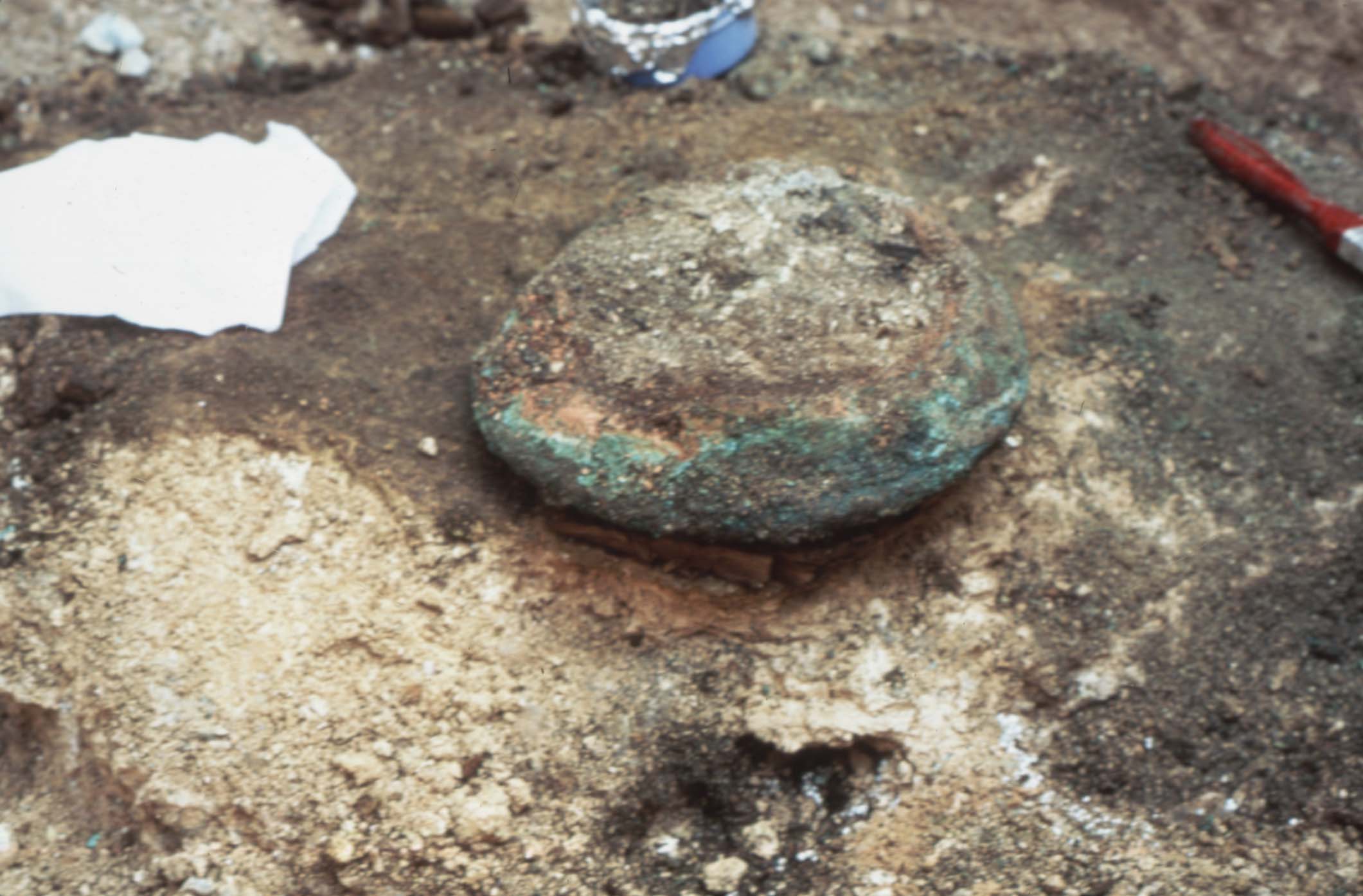
Most of Lefkandi’s artifacts were not bronze. But those that are paint a picture of wealth and connectivity in a time rarely, if ever, documented. The ways in which Greece had to with the world for the wealthy to obtain bronze, especially after the collapse of the Bronze Age led to most large societies scattering, The Lefkandi bronze works are a focus points of global interactions, indicative of not only Greece’s being in contact with the wider Mediterranean, but beyond. Each piece is a demonstration of the journey and work of dozens of individuals, invisibly influencing the final product, but creating the prized treasures of the wealthy. All the hands these works passed through act not only as their history, but also serve to increase their cost and rarity as commodities. Thus, when these prized treasures were buried and left to decay, it is a deliberate act by their owners, shouting to the world about their wealth, because who else could so callously replace something so precious? That act, the choice to put something so expensive where it will never again be found, is truly conspicuous consumption.
Sarah Curran '25